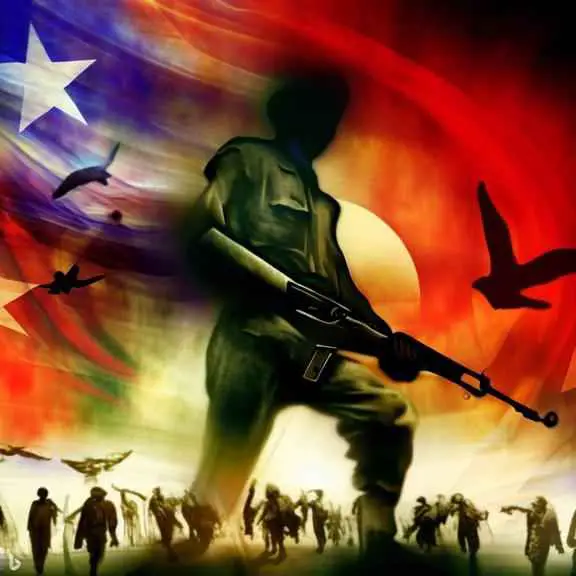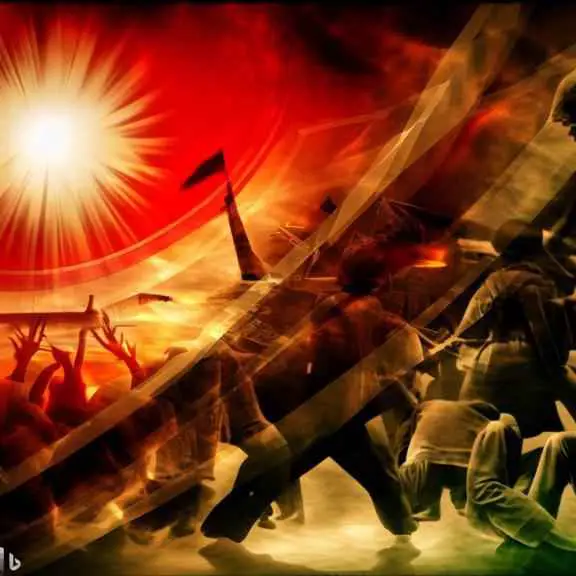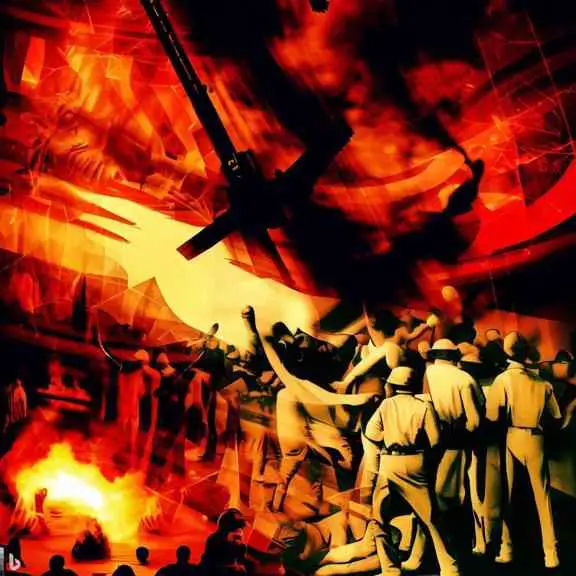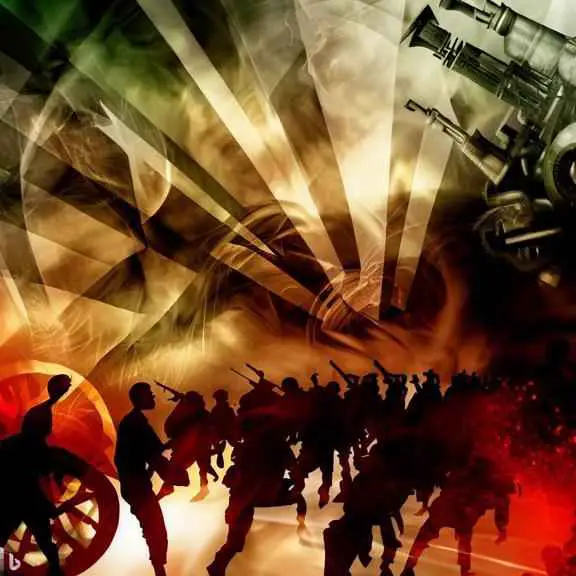Paragraph on
Bangladesh Liberation War
for all Class, Words
by History on
The Bangladesh Liberation War, also known as the Bangladesh War of Independence, was fought between March and December 1971. The war…, please continue reading.

Table of Content
Ad
The Paragraph on Bangladesh Liberation War
Ad
The Bangladesh Liberation War, also known as the Bangladesh War of Independence, was fought between March and December 1971. The war resulted in the secession of East Pakistan, which became the independent country of Bangladesh. The conflict arose due to longstanding political, economic, and cultural differences between East and West Pakistan. West Pakistan, dominated by Punjabis, refused to grant East Pakistanis, who were predominantly Bengalis, fair representation in the government and denied them their language rights. The people of East Pakistan launched a civil disobedience movement, leading to widespread unrest in the country. The Pakistani army, under the orders of General Yahya Khan, launched a brutal crackdown on East Pakistan, resulting in widespread human rights abuses, including rape, murder, and mass killing. In response, India, East Pakistan鈥檚 neighbor, provided military support to Bengali freedom fighters, leading to the ultimate victory of the liberation forces. Today, Bangladesh celebrates December 16th, the day of victory, as its Independence Day. The Liberation War remains a defining moment in the country鈥檚 history, shaping its identity and national consciousness.

Questions about Bangladesh Liberation War
Ad
Questions and Answers:
- What was the Bangladesh Liberation War?
- The Bangladesh Liberation War was a conflict that resulted in the secession of East Pakistan, leading to the birth of the independent country of Bangladesh.
- When was the Bangladesh Liberation War fought?
- The war was fought between March and December 1971.
- What were the causes of the Bangladesh Liberation War?
- The conflict arose due to longstanding political, economic, and cultural differences between East and West Pakistan, characterized by discrimination against East Pakistanis by West Pakistanis.
- What was the response of the Pakistani army to the civil disobedience movement?
- The Pakistani army launched a brutal crackdown on East Pakistan, resulting in widespread human rights abuses, including rape, murder, and mass killing.
- Who provided military support to the Bengali freedom fighters?
- India provided military support to Bengali freedom fighters.
- How is the day of December 16th significant to Bangladesh?
- December 16th, the day of victory, is celebrated as Independence Day in Bangladesh.
- What is the impact of the Liberation War on Bangladesh?
- The Liberation War is a defining moment in Bangladesh鈥檚 history, shaping its identity and national consciousness.
- What was the majority population in East Pakistan?
- The majority population in East Pakistan was Bengalis.
- Who issued the orders for the crackdown on East Pakistan?
- General Yahya Khan, the Pakistani Army leader, ordered the crackdown on East Pakistan.
- What is the significance of the Bangladesh Liberation War?
- The Bangladesh Liberation War represents a successful struggle for freedom and self-determination, inspiring other independence movements around the world.

Vocabulary related to Bangladesh Liberation War
Ad
Vocabulary words:
- Secession - the act of withdrawing from a political union or organization
Usage - Catalonia threatened secession from Spain. Synonyms - withdrawal, separation, breakaway Antonyms - union, integration, merger
- Dominated - to have power and influence over something
Usage - The finance sector is dominated by men. Synonyms - control, rule, govern Antonyms - relinquish, surrender, release
- Civil disobedience - the refusal to comply with certain laws, regulations, or orders as a peaceful form of protest
Usage - Gandhi’s campaign of civil disobedience was integral to India’s independence movement. Synonyms - nonviolent protest, passive resistance Antonyms - law and order, acquiescence
- Crackdown - a harsh or vigorous enforcement of laws or regulations
Usage - The police launched a crackdown on illegal drugs in the city. Synonyms - clampdown, suppression, oppression Antonyms - leniency, laxity, amnesty
- Widespread - affecting many people or things over a wide area or extent
Usage - The pandemic has caused widespread disruption to the global economy. Synonyms - extensive, pervasive, ubiquitous Antonyms - rare, uncommon, isolated
- Human rights abuses - any violation of the basic rights and freedoms to which all human beings are entitled
Usage - The government has been accused of human rights abuses against political dissidents. Synonyms - violations, atrocity, infraction Antonyms - fairness, justice, equality
- National consciousness - a sense of belonging and identity to a particular nation or country
Usage - The football team’s success has boosted national consciousness and pride. Synonyms - patriotism, nationalism, loyalty Antonyms - cosmopolitanism, internationalism, indifference
- Discrimination - the unjust or prejudicial treatment of different categories of people or things, especially on the grounds of race, age, or gender.
Usage - The government passed laws banning discrimination in the workplace. Synonyms - prejudice, bias, intolerance Antonyms - equality, fairness, impartiality
- Self-determination - the process by which a person or group determines their own political status and government
Usage - The right to self-determination is recognized in international law. Synonyms - autonomy, sovereignty, independence Antonyms - subjugation, dependence, dominion
- Independence - the state of being self-governed and free from outside control
Usage - India gained independence from the British Empire in 1947. Synonyms - sovereignty, self-rule, autonomy Antonyms - dependence, subjugation, servitude

Structure of the sample "Bangladesh Liberation War" paragraph
Ad
Cohesion and Coherence:
The paragraph contains several cohesive devices such as referencing, substitution, and conjunction. For example, the pronouns ‘which’ and ‘them’ refer to the antecedent ‘political, economic, and cultural differences between East and West Pakistan.’ The conjunction ‘leading to’ clarifies the cause and effect relationship between two events. Additionally, the use of transitional words such as ‘however,’ ‘in response,’ and ‘today’ creates coherence and helps guide the reader through the timeline of events. Overall, the paragraph is well-organized and logically connected, with each sentence contributing to the development of the topic sentence.
